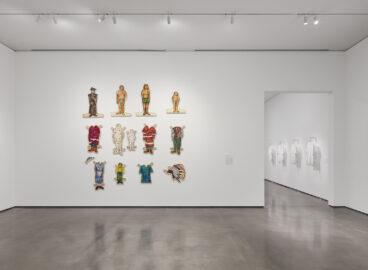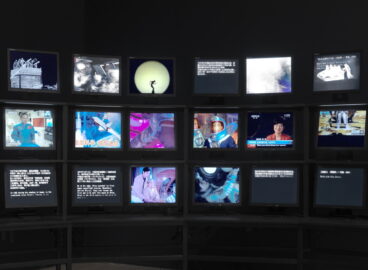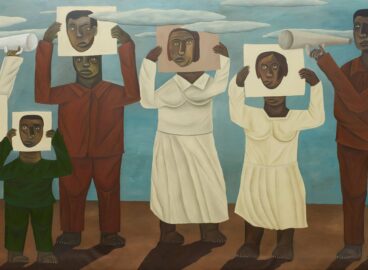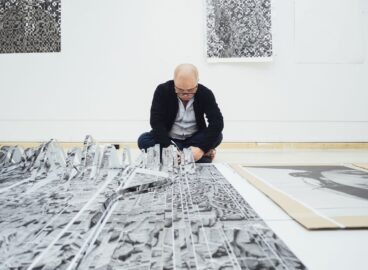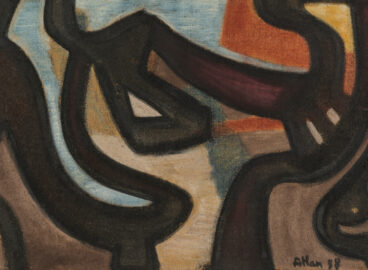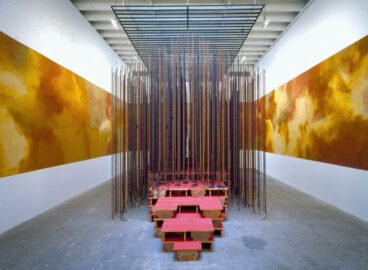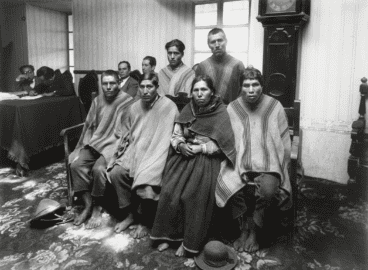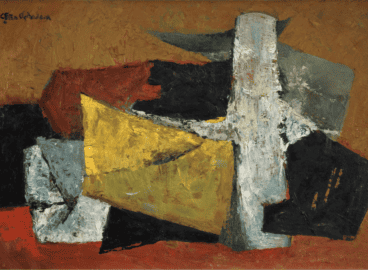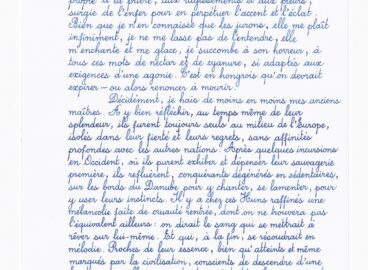Learning with Dolls in the Work of Jaune Quick-to-See Smith
In a sketchbook that dates to her early student years at Framingham State College (now Framingham State University) in the mid-1970s, the artist Jaune Quick-to-See Smith (Citizen of the Confederated Salish and Kootenai Nation, 1940–2025) wrote, “[I] have a brainstorm . . . to do a series of paper dolls.”1Jaune Quick-to-See Smith, unpublished sketchbook, c.…
